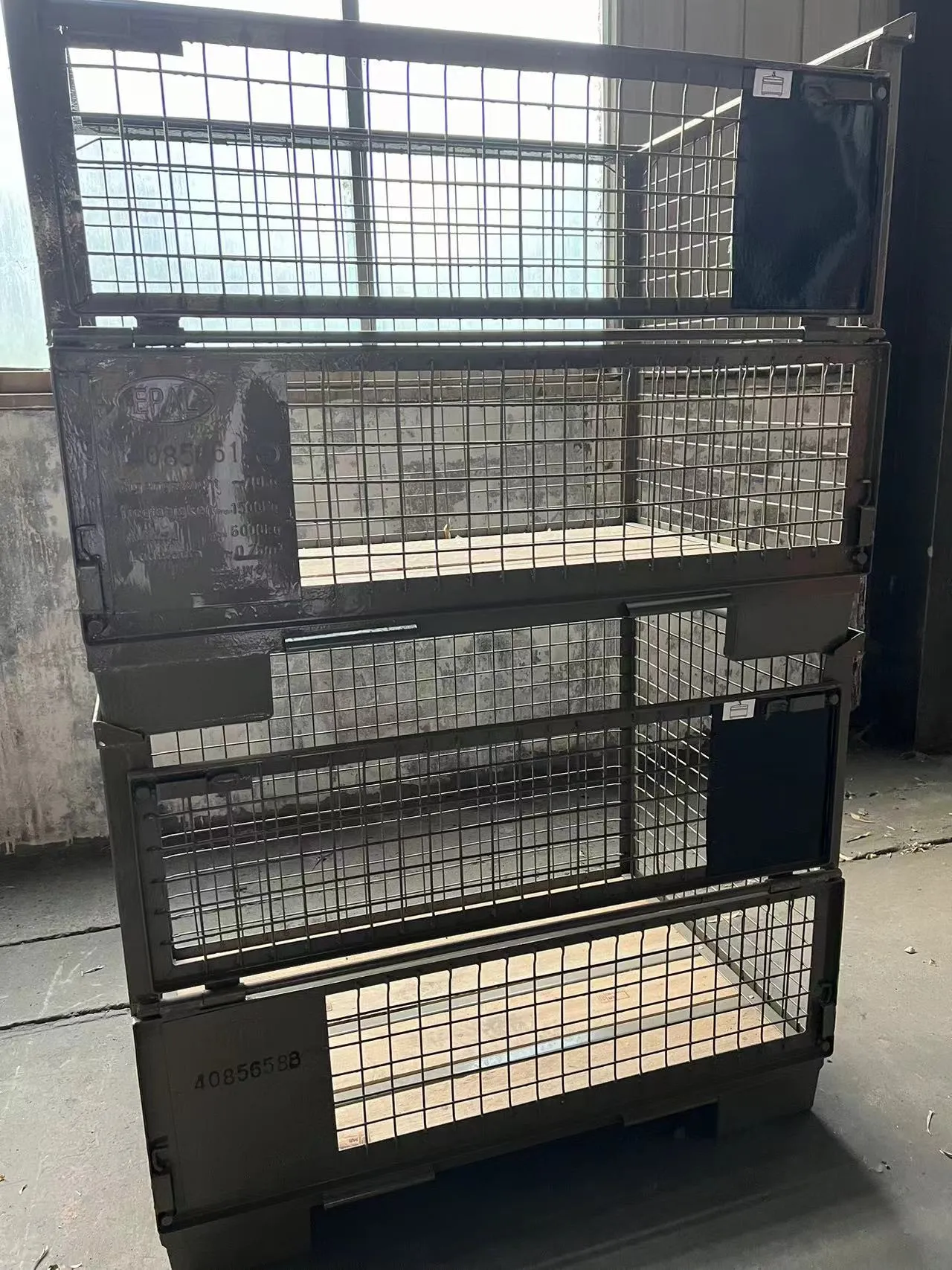Different Types of Gate Valves and Their Applications in Various Industries
Types of Gate Valves A Comprehensive Overview
Gate valves are a crucial component in many fluid management systems, widely utilized in industries ranging from oil and gas to water treatment and beyond. Their primary function is to allow or block the flow of liquid or gas through a pipeline, making them essential in controlling processes. Understanding the various types of gate valves is essential for ensuring the right application of these devices in different scenarios. In this article, we will explore the main types of gate valves, their design features, and their uses.
1. Wedge Gate Valve
The wedge gate valve is perhaps the most common type found in various applications. It consists of a wedge-shaped gate that fits between two seats as the valve opens and closes. The unique design allows for a tight seal when the valve is closed, which minimizes leakage. These valves are ideal for high-pressure and high-temperature applications, making them popular in oil and gas, water supply, and power generation industries. However, they are generally not suitable for throttling applications, as partially opening the valve can lead to substantial wear and damage.
2. Parallel Gate Valve
Unlike the wedge design, the parallel gate valve has flat gate surfaces that are parallel to each other. This type is beneficial because it can provide a tighter seal and is less subject to wear and damage. When closed, both surfaces mate perfectly, ensuring minimal pressure loss across the valve. Parallel gate valves are commonly used in applications where frequent operation is necessary. However, due to the nature of their design, they can be more vulnerable to corrosion, necessitating careful material selection.
gate valve types

The slab gate valve is defined by its single flat gate that moves up and down within the valve body. This simple design leads to fewer moving parts, which can reduce the risk of mechanical failure. Slab gate valves are typically used in applications requiring a full-flow design, such as oil and gas pipelines. They offer reliable service under various operating conditions and are appropriate for situations with minimal pressure and temperature fluctuations.
4. Expanding Gate Valve
Expanding gate valves feature a unique mechanism that enables the gate to expand and create a tighter seal as the valve closes. This design compensates for wear over time, ensuring longevity and reliability. Expanding gate valves are advantageous in environments with varying temperatures and pressures, making them suitable for cryogenic applications in the industrial gas sector. They provide excellent sealing capabilities but may be more complex and expensive than other gate valve types.
5. Butterfly Gate Valve
While not a traditional gate valve, the butterfly gate valve employs a rotating disc to control flow. When the valve is closed, the disc is perpendicular to the flow, while it rotates parallel to the flow to allow passage. Butterfly gate valves are lightweight and can be installed in space-constrained areas. They are often used in water distribution systems and HVAC applications. Despite their versatility, they may not offer the same sealing efficiency as traditional gate valves, particularly under high pressure.
Conclusion
Gate valves are essential tools for regulating fluid flow in various industries. Understanding the different types—from wedge and parallel to slab, expanding, and butterfly gate valves—enables engineers and operators to select the most suitable design for their specific applications. Factors such as pressure, temperature, and the nature of the fluid being managed will influence the choice of valve type. By choosing the right gate valve, industries can enhance system performance, ensure safety, and extend the lifespan of their equipment. As technology progresses, innovations in gate valve design will likely continue to evolve, further enhancing their efficiency and reliability in fluid management systems.
-
The Smarter Choice for Pedestrian AreasNewsJun.30,2025
-
The Gold Standard in Round Drain CoversNewsJun.30,2025
-
The Gold Standard in Manhole Cover SystemsNewsJun.30,2025
-
Superior Drainage Solutions with Premium Gully GratesNewsJun.30,2025
-
Superior Drainage Solutions for Global InfrastructureNewsJun.30,2025
-
Square Manhole Solutions for Modern InfrastructureNewsJun.30,2025
-
Premium Manhole Covers for Modern InfrastructureNewsJun.30,2025
